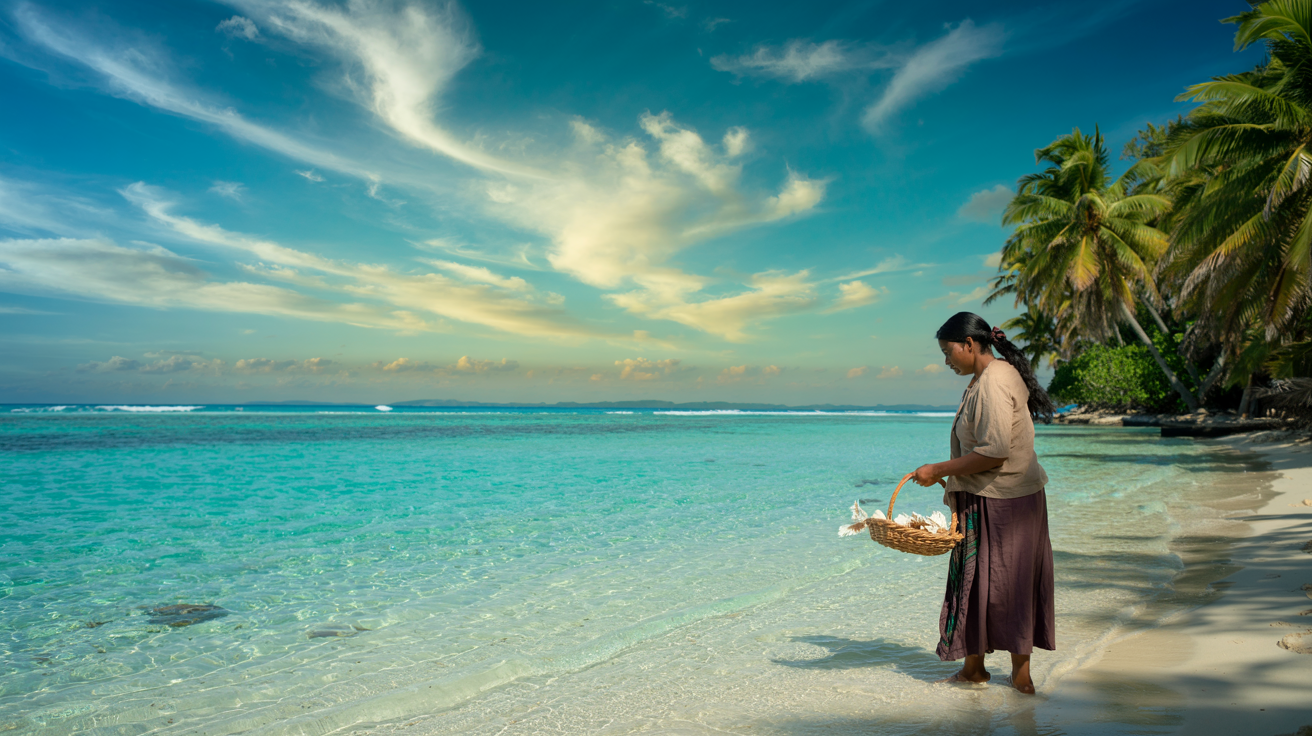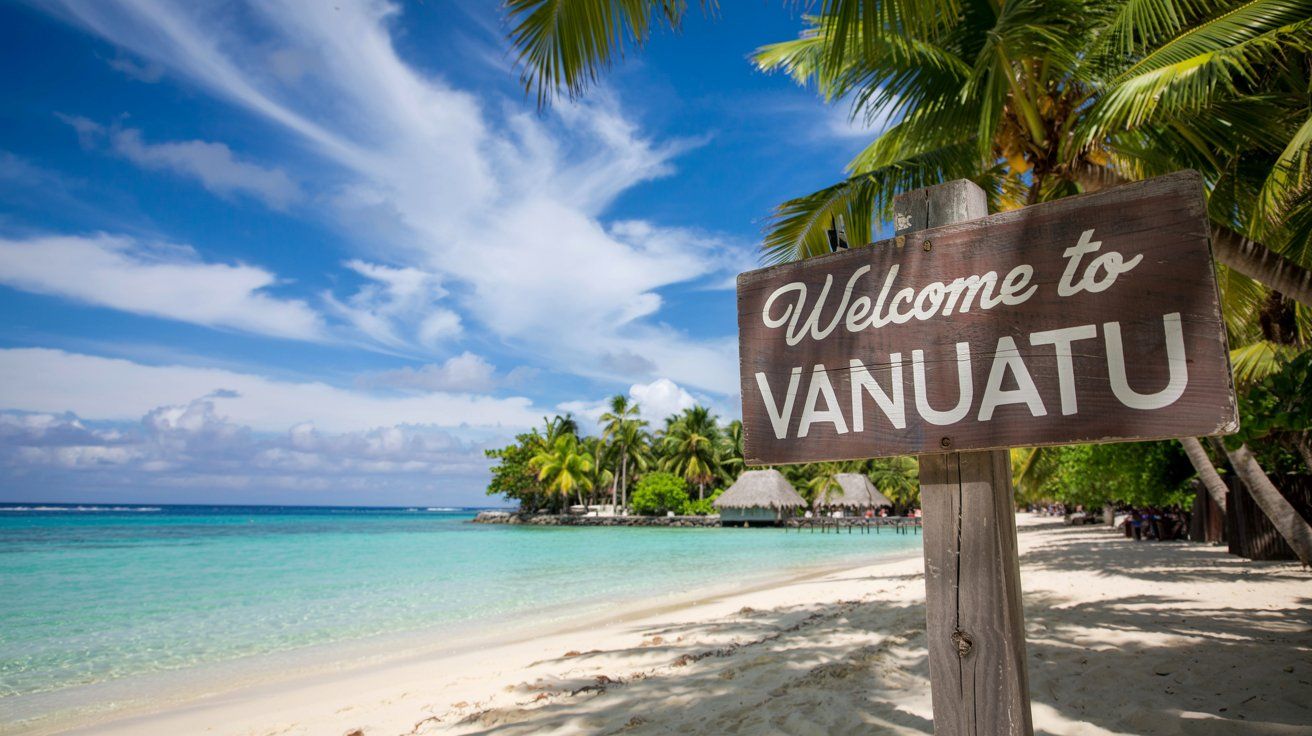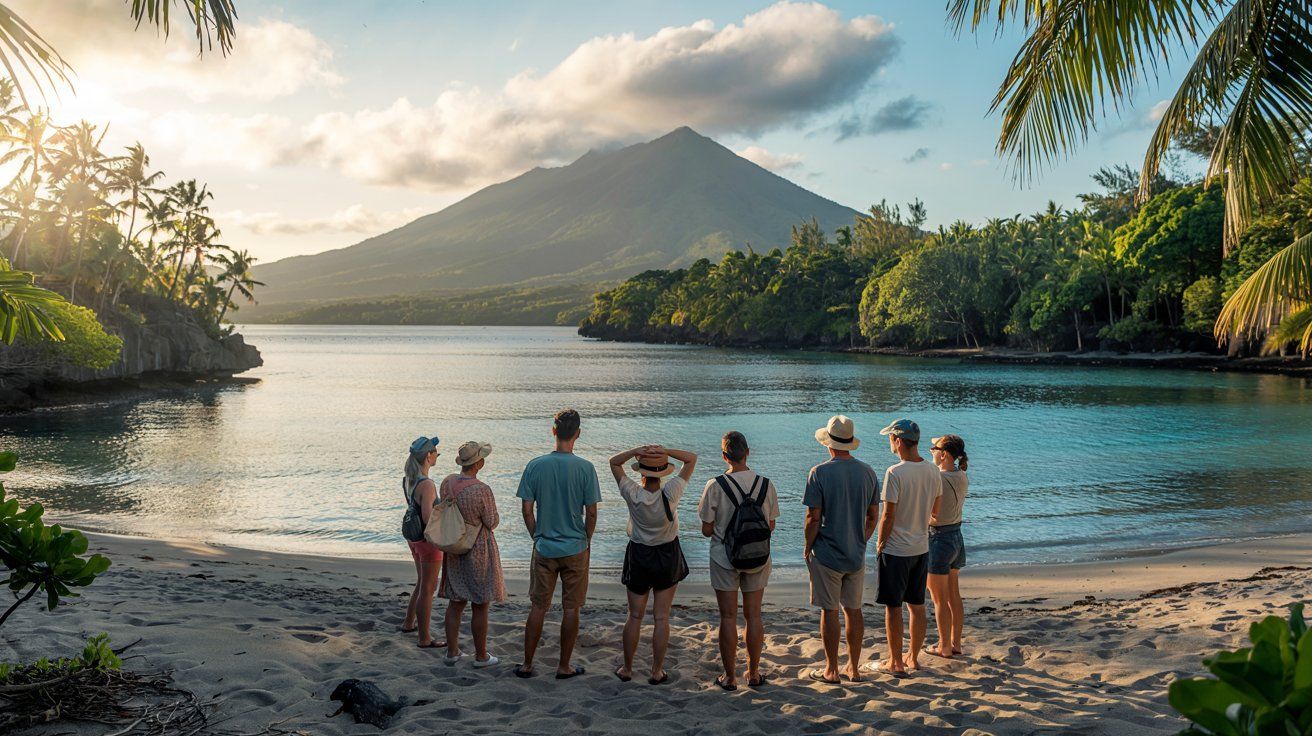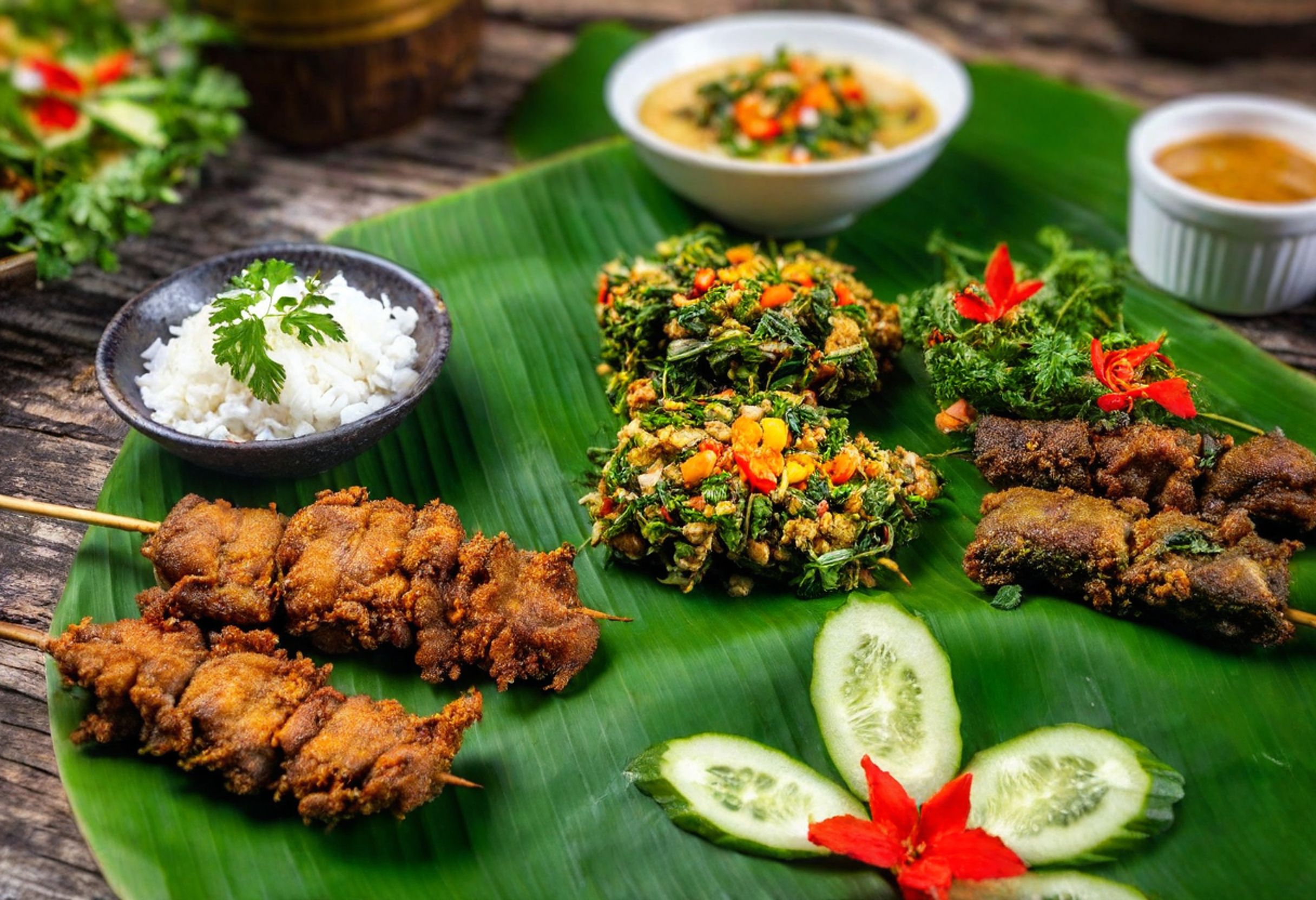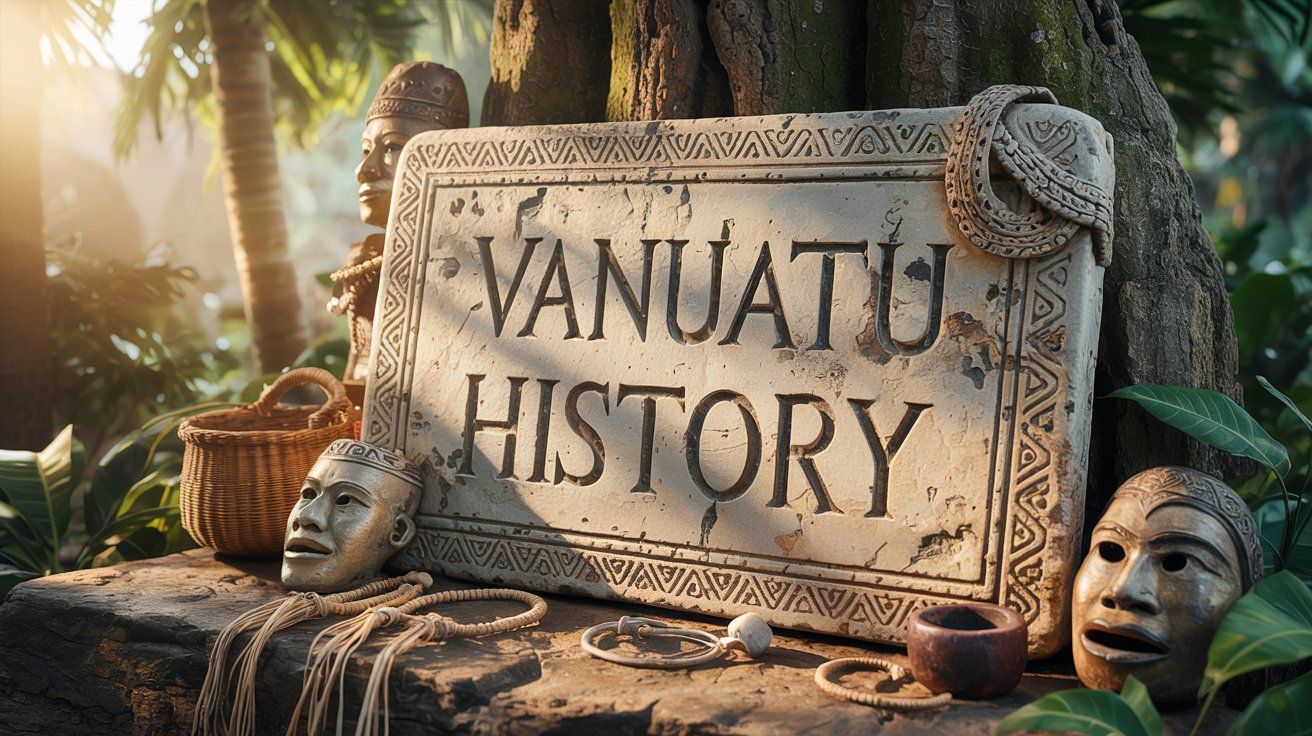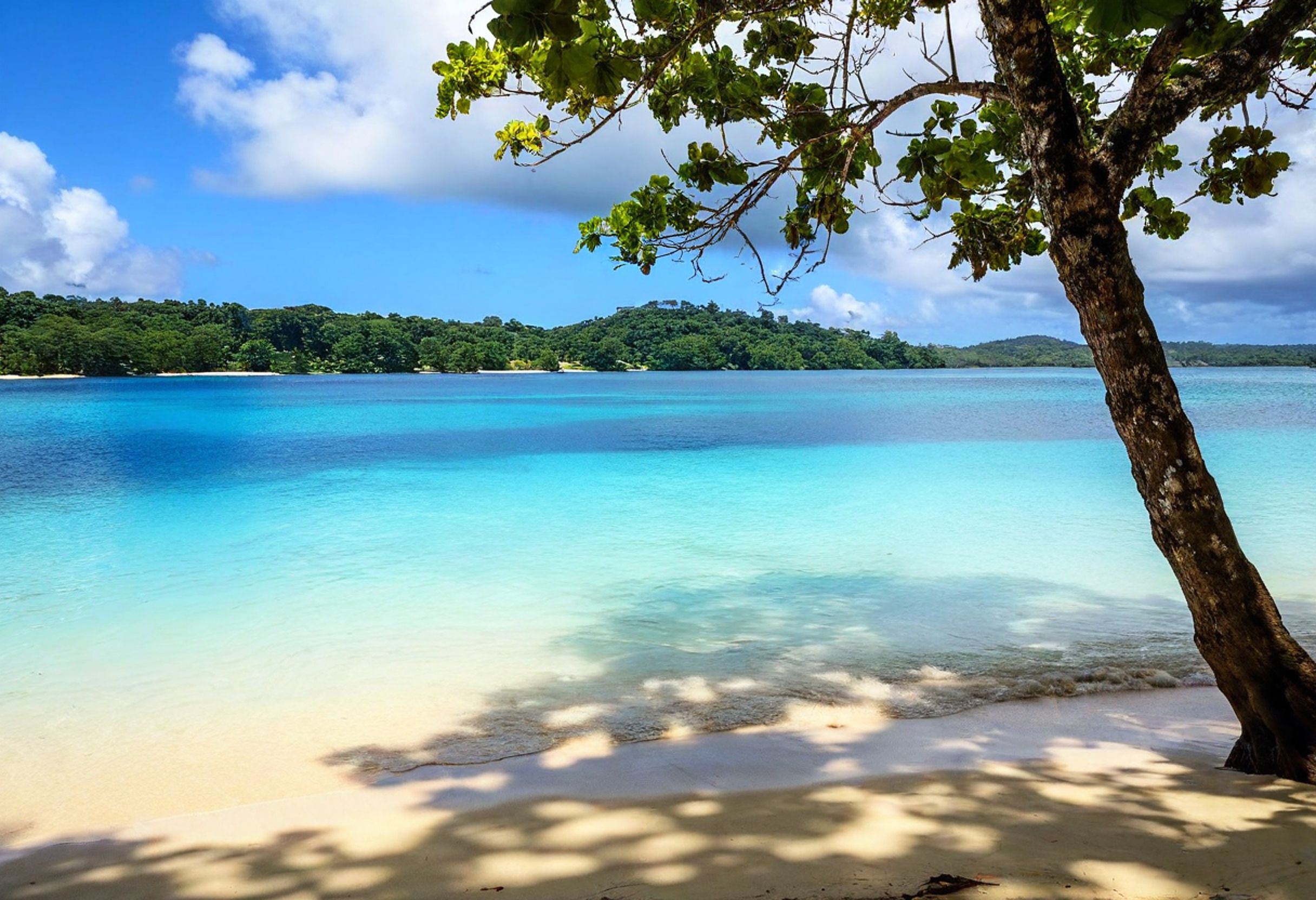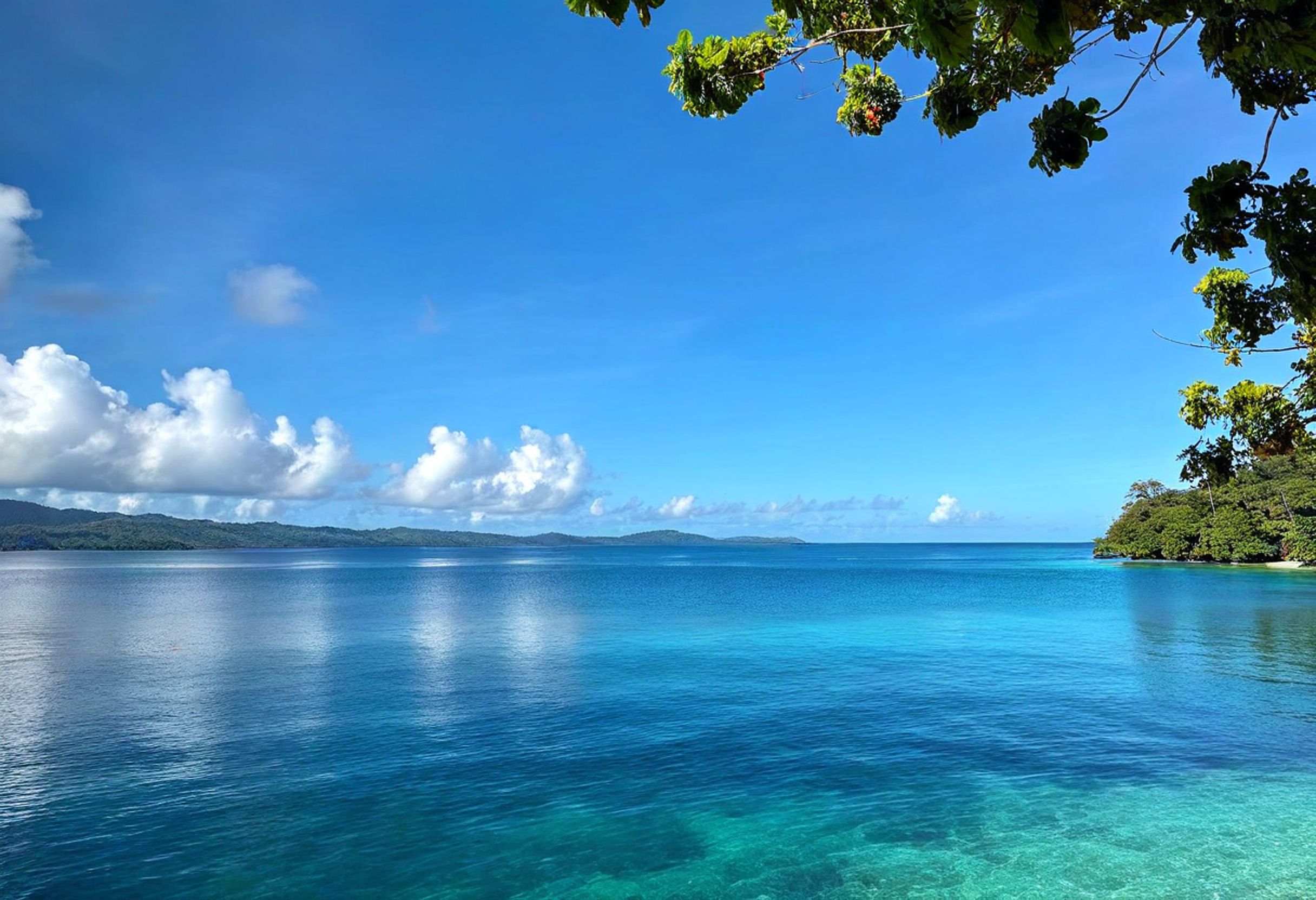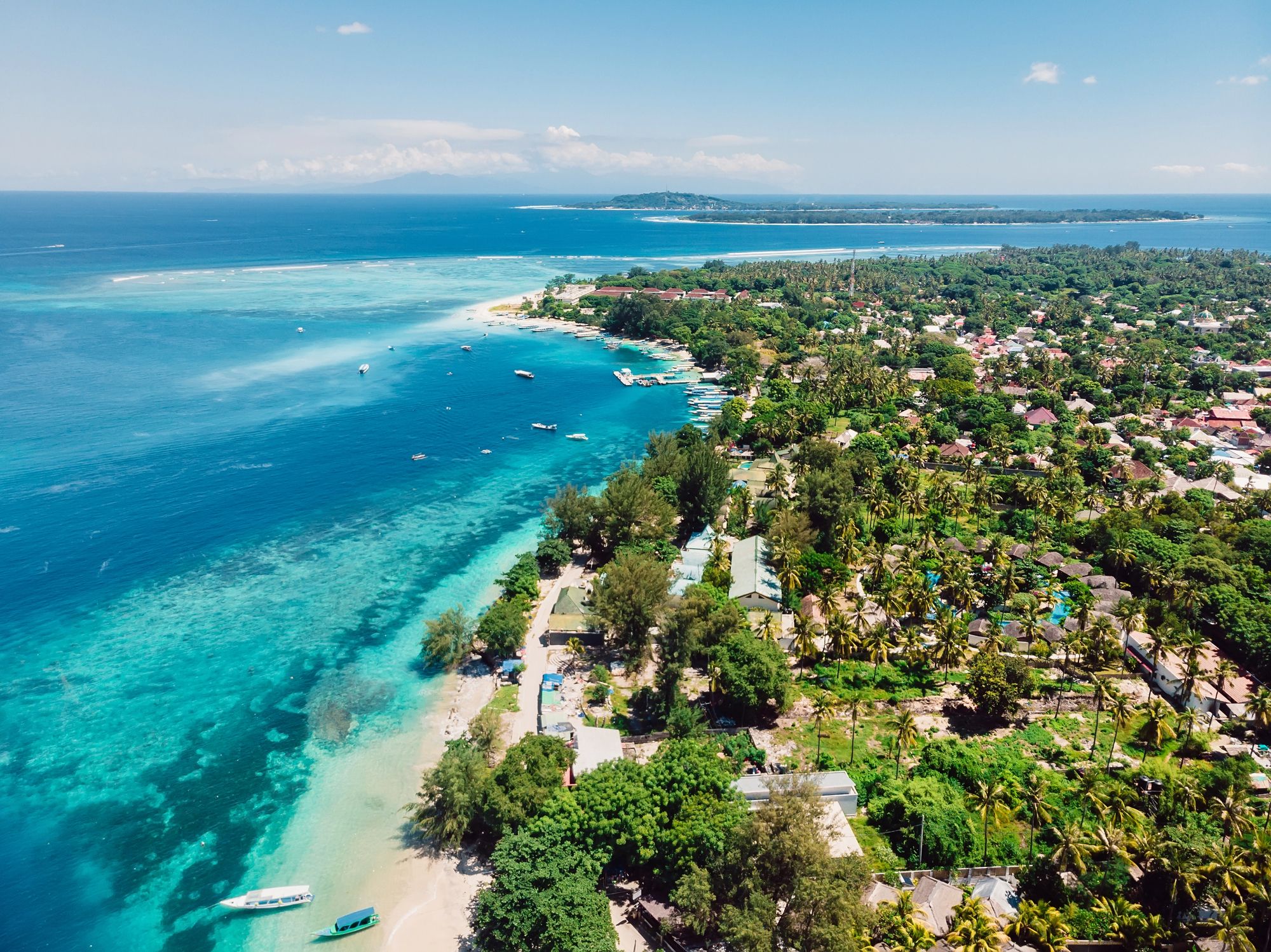The recent volcanic activity on Ambae island in Vanuatu has caused widespread concern, but there is some reassuring news for residents and their families. The PENAMA Health Authorities have confirmed there have been no deaths directly related to the ash fall on Ambae, according to reports from the Vanuatu Daily Post. This confirmation comes amid ongoing monitoring of the situation by local health officials.
Despite the absence of fatalities, the volcanic eruption has not been without consequences. The significant ash fall has caused infrastructure damage and created health hazards for humans, livestock, and plants across the island. In response to these challenges, Vanuatu medical assistance teams (VanMAT) were deployed to assist with the Ambae volcano disaster, marking their first such mission.
From overwater bungalows to beachfront resorts, find your perfect stay in this island nation of more than 80 islands. Instant booking with best price guarantee!
Browse Accommodations Now
Water contamination remains a serious concern for residents of neighboring islands. Testing has revealed that water samples from North Pentecost were contaminated by recent Ambae ash fall, making it unsuitable for drinking. Health authorities continue to monitor both immediate and long-term health impacts as the situation develops.
Impact of Ash Fall on Vanuatu’s Environment and Public Health
The Ambae volcano’s ash emissions have created significant challenges for both the natural environment and public health in Vanuatu. While PENAMA Health Authorities confirmed no deaths directly related to the ash fall, the impact has been substantial in other ways.
Environmental Consequences of Ash Emissions
Volcanic ash from Ambae has dramatically altered Vanuatu’s landscape and ecosystems. The ash deposits have damaged vegetation across affected islands, resulting in crop failures and food security concerns.
Heavy ash fall has contaminated water sources, making them unsafe for consumption and disrupting local water supplies. This contamination extends to groundwater flow systems, creating long-term environmental challenges.
The volcanic activity has caused infrastructure damage across affected areas. Additionally, increased sediment runoff has threatened Vanuatu’s precious coral reef ecosystems, which are crucial for both marine biodiversity and local livelihoods.
Landslides triggered by heavy ash deposits on unstable slopes have further altered the geomorphology of affected areas, creating new hazards for communities living near volcanic zones.
Public Health Concerns Following the Eruption
Respiratory problems have been a primary health concern, with ash particles irritating airways and lungs. People with pre-existing conditions like asthma have been particularly vulnerable to these effects.
Contaminated water sources have raised serious health risks, including potential exposure to pathogens and heavy metals. The significant impact on food and water supplies has created nutritional challenges for affected communities.
The continuous nature of the volcanic activity has created ongoing stress for residents. However, some communities show adaptation to the conditions, as research on similar continuous volcanic activity suggests people can adjust to familiar low-level activity.
Local health authorities have implemented monitoring programs to track respiratory conditions and other health impacts. They’ve also distributed masks and provided guidance on reducing ash exposure.
Vanuatu’s Approach to Disaster Management and Marine Conservation
Vanuatu has developed comprehensive strategies to manage disasters and protect its marine resources. The nation faces unique challenges as one of the world’s most vulnerable countries to natural disasters while also working to preserve its rich marine ecosystems.
Strengthening Marine Protection Policies
Vanuatu has established several marine protected areas to safeguard its ocean resources. These areas help protect coral reefs from bleaching and disease while supporting the recovery of apex fish predators essential to ecosystem balance.
The government has implemented an economic valuation framework for marine resources that recognizes both monetary and cultural values. This approach acknowledges that mangroves and seagrasses provide multiple benefits beyond economic gains.
Local communities participate in managing these protected zones, combining traditional knowledge with scientific approaches. Cultural policies ensure that indigenous practices that have sustainably managed marine resources for generations are respected and incorporated.
Coastal development regulations now require environmental impact assessments that specifically evaluate effects on calcareous macroalgae and other sensitive marine habitats.
Health Initiatives and Community Awareness
Penama Health authorities play a crucial role in disaster response, particularly during volcanic events. Their monitoring systems track health impacts from environmental changes, including eye irritations and respiratory conditions related to ash exposure.
Community awareness programs focus on three key areas:
- Disaster preparedness and evacuation plans
- Recognition of marine ecosystem health indicators
- Understanding the connection between environmental and human health
Health officials work closely with marine conservation experts to identify potential pharmaceuticals from marine organisms while ensuring sustainable harvesting practices.
The government has created an early warning system that alerts communities to both immediate disaster threats and longer-term issues like finfish harvest sustainability. This system incorporates traditional knowledge alongside scientific monitoring.
Education initiatives highlight the importance of landscape conservation for overall community resilience during disasters.
Find available hotels and vacation homes instantly. No fees, best rates guaranteed!
Check Availability Now

